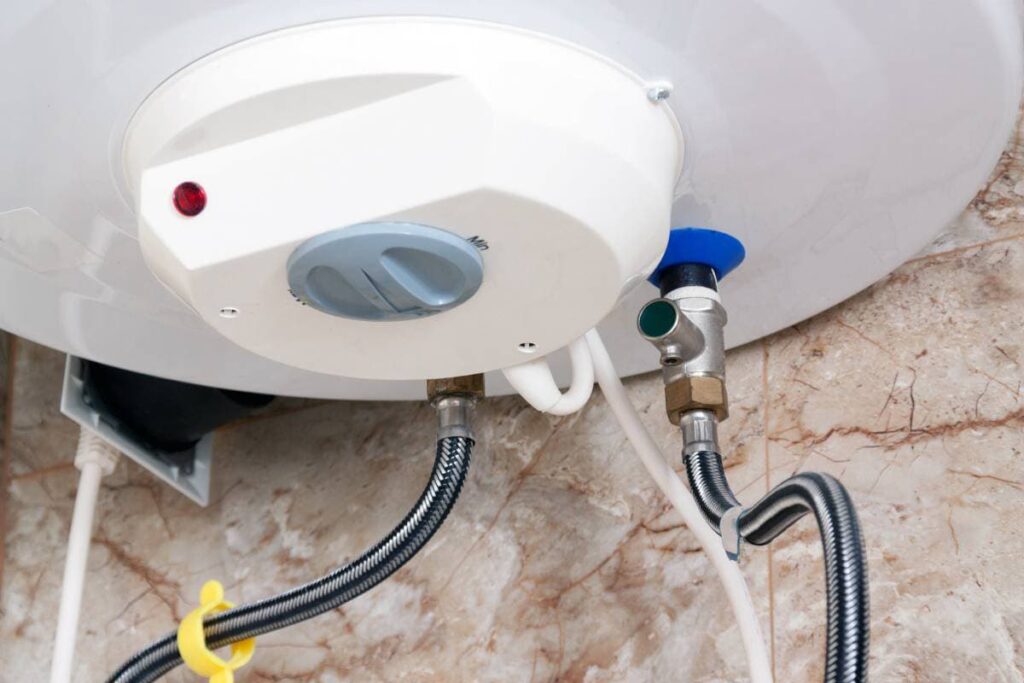Easy Guide to Maintaining Your Home's Hot Water System
Easy Guide to Maintaining Your Home's Hot Water System
Blog Article
Do you find yourself looking for help and advice involving What Kind of Maintenance Do Water Heaters Need??

Warm water is vital for everyday convenience, whether it's for a rejuvenating shower or washing recipes. To ensure your warm water system runs effectively and lasts much longer, normal upkeep is key. This post offers functional tips and understandings on how to preserve your home's hot water system to prevent disturbances and pricey fixings.
Introduction
Maintaining your home's warm water system could seem complicated, but with a couple of simple steps, you can ensure it runs smoothly for many years to come. This guide covers every little thing from recognizing your hot water system to DIY upkeep tips and knowing when to employ expert help.
Significance of Maintaining Your Warm Water System
Normal upkeep not only prolongs the life expectancy of your hot water system however additionally ensures it operates effectively. Overlooking upkeep can bring about decreased efficiency, higher energy expenses, and also early failing of the system.
Signs Your Hot Water System Requirements Upkeep
Recognizing when your warm water system requires focus can prevent significant problems. Look out for indications such as inconsistent water temperature level, weird sounds from the heating system, or corroded water.
Purging the Hot Water Heater
Purging your hot water heater gets rid of debris build-up, boosting performance and lengthening its life.
Monitoring and Changing Anode Rods
Anode poles protect against rust inside the storage tank. Examining and replacing them when worn out is crucial.
Facility Concerns Calling For Specialist Aid
Instances consist of major leaks, electrical problems, or if your water heater is consistently underperforming.
Regular Expert Maintenance Advantages
Specialist upkeep can include extensive inspections, tune-ups, and ensuring conformity with safety and security requirements.
Inspecting and Changing Temperature Settings
Adjusting the temperature level setups guarantees optimum efficiency and safety.
Do It Yourself Tips for Maintenance
You can perform numerous upkeep tasks yourself to maintain your warm water system in top condition.
Looking for Leakages
Frequently evaluate pipes and links for leaks, as these can bring about water damage and greater expenses.
Comprehending Your Warm Water System
Before diving into upkeep tasks, it's helpful to comprehend the basic components of your hot water system. Generally, this consists of the water heater itself, pipelines, anode poles, and temperature controls.
Month-to-month Upkeep Tasks
Regular month-to-month checks can assist capture small issues prior to they intensify.
Testing Stress Relief Valves
Examining the stress relief valve guarantees it works appropriately and avoids too much pressure buildup.
Protecting Pipelines
Protecting hot water pipes reduces warm loss and can save power.
When to Call an Expert
While DIY upkeep is useful, some issues need professional know-how.
Conclusion
Routine upkeep of your home's hot water system is crucial for effectiveness, longevity, and price savings. By adhering to these suggestions and recognizing when to seek expert aid, you can ensure a reputable supply of warm water without unexpected disturbances.
How to Maintain an Instant Hot Water Heater
Before tinkering with your hot water heater, make sure that it’s not powered on. You also have to turn off the main circuit breaker and shut off the main gas line to prevent accidents. Also turn off the water valves connected to your unit to prevent water from flowing into and out of the appliance. 2. When you’re done, you have to detach the purge valves’ caps. These look like the letter “T†and are situated on either side of the water valves. Doing so will release any pressure that has accumulated inside the valves while at the same time avoid hot water from shooting out and burning your skin. 3. When the purge valves’ caps are removed, you have to connect your hosing lines to the valves. Your unit should have come with three hoses but if it didn’t, you can purchase these things from any hardware or home repair shops. You can also get them from retail stores that sell water heating systems. Read the user’s manual and follow it to complete this task properly. When the hosing lines are connected, open the purge port’s valves. 4. You should never use harsh chemical cleaners or solutions when cleaning your unit. Make use of white vinegar instead. It should be undiluted and you’ll probably use about 2 gallons. 5. Now flush your water heater. This task should probably take about 40 minutes. We can’t give you specific directions for this because the procedure is carried out depending on the type, model and brand of your heater. With that being said, refer to the user’s manual. 6. When you’re done draining the unit, you have to turn off the purge port valves again. Remove the hosing lines that you earlier installed on each of the water valves. Put the valve caps (purge port) back in their respective places and be very careful so as not to damage the rubber discs that are found inside these caps. 7. Now that everything’s back in place, check your user’s manual again to find out how to reactivate your water heating system. 8. Once it is working, turn one of your hot water faucets on just to let air pass through the heater’s water supply pipes. Leave the tap on until water flows smoothly out of it. https://www.orrplumbing.com/blog/2014/september/how-to-maintain-an-instant-hot-water-heater/

As a fervent reader on Tips on Maintaining a Water Heater, I thought sharing that piece of content was worthwhile. In case you enjoyed our blog post if you please remember to pass it around. Thank you for going through it.
Source Report this page